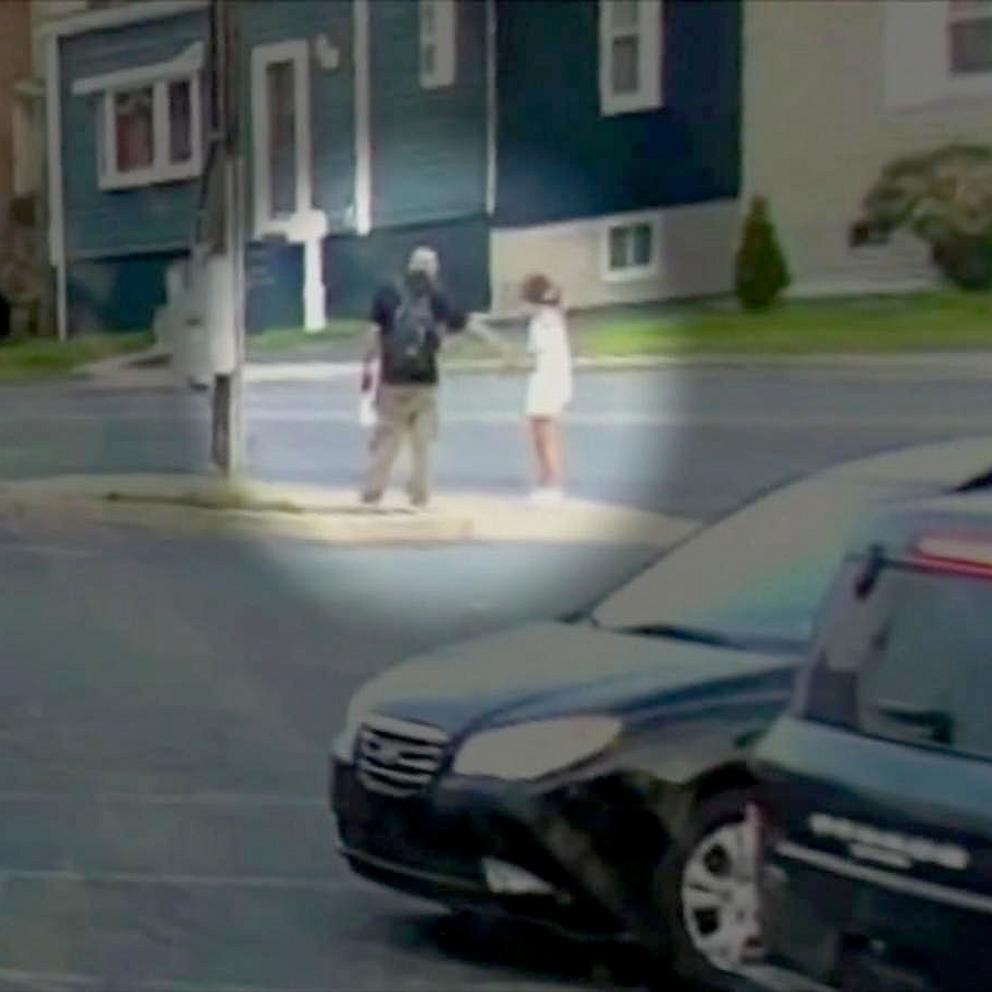Helping hands in Hawaii: Beyond the poolside Mai Tai
On the southeast coast of O’ahu, a group of visitors from Renton, Washington, has arrived to volunteer with 808 Cleanups, a local organization working to remove invasive species from along the shoreline.
"I could not come to Hawai'i, to the island of O’ahu, without giving back to the community," said first-time visitor Doris Martinez. "Today it's really about cleaning up all of these bushes here that are not native to the Hawaiian land, which is something that we learned this afternoon."
Doris and her fellow travelers are participating in "regenerative tourism," when visitors give back to the community in some way. Efforts such as cleaning up a beach or reef, planting native plants, or helping to rebuild a fishpond are just a few of the ways that tourists can have a positive impact.

Last August, deadly wildfires tore through Maui and laid bare the deep tensions that can exist between visitors and the local community, where some feel the tourism economy is prioritized over the well-being of area residents.
That strain was captured in irate social media posts with images of snorkelers continuing their vacation as the ruins of Lahaina smoldered.
"There’s a snorkel boat with tourists in the water. The same waters that they were still trying to find bodies," remembered Lahaina resident Courtney Lazo. "It just made your skin crawl." Lazo worked tirelessly to save her own home by hosing it down, but the fires ultimately consumed the house that her family had lived in for five generations.
More than 9 million visitors a year travel to Hawai’i, with tourism the largest segment of the Hawaiian economy, supporting more than 216,000 jobs.
"That's our brothers, sisters, aunties, uncles, moms, dads, grandmas, grandpas," said Kalani Ka'anā'anā, the chief stewardship officer for the Hawai'i Tourism Authority (HTA).
But according to Kūhiō Lewis, CEO of the Council for Native Hawaiian Advancement, it comes at a cost. "Tourism has been economically beneficial to Hawaii’s economy. However, it’s placed a great burden on the people of Hawai’i, as well."
"With tourism, people make it to be this strong economy," said Lahaina resident Jordan Ruidas. "But if you look at it, people working in tourism still have to work two, three jobs. So, it’s not as strong as they say."

Native Hawaiians and residents of the state find some visitors often are culturally insensitive or unaware of the impact of their actions. Social media is rife with videos of tourists hiking out of bounds onto sacred land, urinating on lava flows, or touching endangered wildlife.
"They come here so they can post a video on social media that hopefully will go viral that is extremely disrespectful to our people and our culture," said Lewis.
"They think this is a playground, they're on vacation," said Pā'ele Kiakona, who was born and raised in Lahaina. "You see them all the time going onto the beach, touching turtles and touching the seals." Bad behavior persists despite well publicized bans on interfering with wildlife, offenses that can incur up to $10,000 fines.
"We know we can’t keep doing mass tourism in the way that we have in the past," said the HTA’s Ka'anā'anā.
"Our community wants managed tourism. Our community wants tourism that gives back to local," Ka'anā'anā added. "So instead of going to Starbucks, can you go to the local coffee shop? Instead of going to the chain restaurant, can you go to…the poke spot, the food truck."
The Hawai'i Tourism Authority tries to reach out to visitors even before they come to the islands through their website, which offers tips on how tourists can be mindful during their visit. According to Ka'anā'anā, it’s an effort to share "the ideas of aloha and malama. How to take care of one another. How to take care of the place that they're visiting. How to leave it better than when they found it."
The HTA now offers visitors a way to volunteer and have a deeper travel experience with their Mālama Hawai'i website. Mālama means to take care of or protect. Along with other sites, like Kanu Hawaii, visitors can find volunteer opportunities that match their interests and travel plans.
"Visitors are looking for a deeper connection," Ka'anā'anā added. "They’re looking for meaningful experiences that are unique and memorable for that place."
Hawai'i Gov. Josh Green recently signed a bill bolstering regenerative tourism, supporting programs that will protect Hawaiian resources. "These bills represent significant steps forward in safeguarding Hawai'i's environment and promoting responsible tourism," Green said in a statement.
"We want tourists who want to come here and feel a sense of place or a sense of purpose and help in deeper ways than just throwing money at us," said Lahaina resident Jordan Ruidas. "Come get your hands in the dirt."

Back out on the coast of Oahu, Kimeona Kane is the community director for 808 Cleanups. "We want to give [visitors] an example of what it means to truly engage with a place, understand its history, understand its current situations, and also think about what the future might look like."
"People who came today didn’t want to just take," said Michael Loftin, co-founder and executive director of 808 Cleanups. "They didn’t want to just be consumers of the islands. They wanted to give back."
For Doris Martinez, the choice to volunteer was simple. “This is love. Love in its purest form.”
On Maui, residents are continuing to recover from the devastating impacts of last year’s wildfire. "It’s really important for people to remember that Hawaii has shown people so much aloha," said Ruidas. "And right now it’s really a time where I feel like the aloha needs to be shown back to us while we heal and rebuild."
If you would like to learn more about regenerative tourism and resources in Hawai’i these links can get you started:
Hawai’i Tourism Authority: https://www.gohawaii.com/malama
Kanu Hawaii: https://www.kanuhawaii.org/needs/



